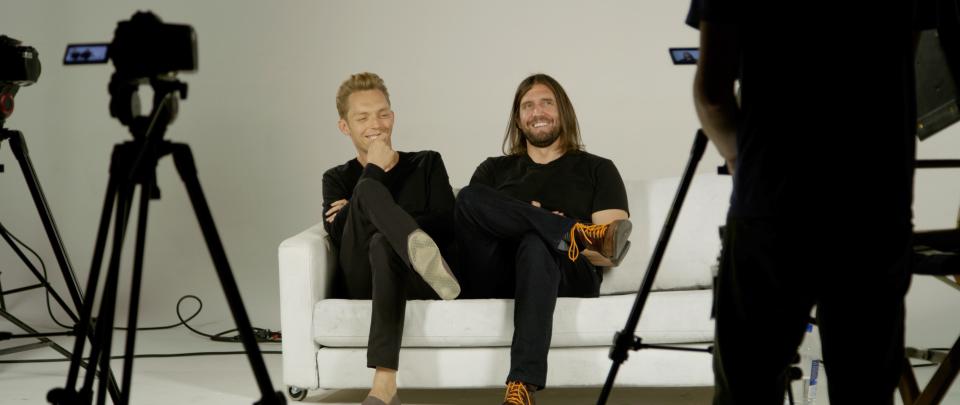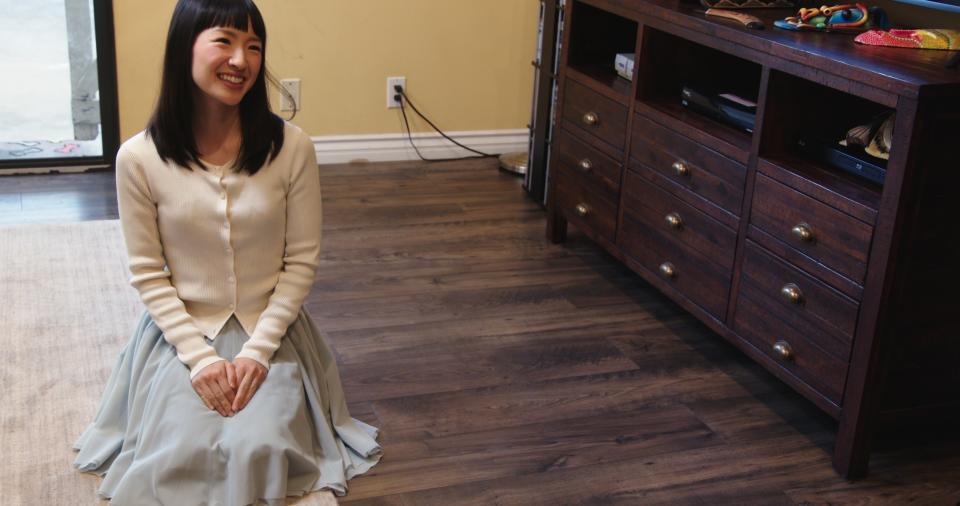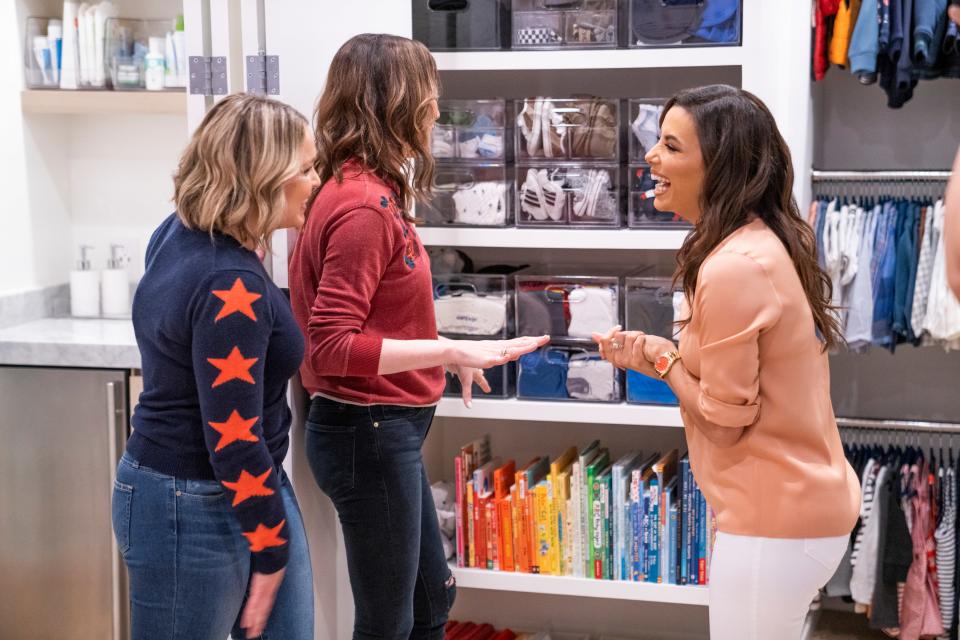Why Shows About Organizing Are Particularly Satisfying to Watch Right Now
When we think about minimalism, we think of the Bauhaus design movement or Ludwig Mies van der Rohe—or maybe the 1960s art movement, as exemplified by the paintings of Barnett Newman. But what about minimalism in our own lives?
With the new year upon us, it’s time to leave our junk behind—and that includes clutter. The new Netflix documentary Less Is Now challenges viewers to live with less stuff. The film tells the story of the Minimalists—the duo of Ryan Nicodemus and Joshua Fields Millburn—who lead the viewer through decluttering to make room for “life’s most important things,” which they say aren’t things at all.
“This film is about starting over,” says Nicodemus. “Once we deal with physical clutter, we’re able to look inward and deal with our emotional and spiritual clutter, the internal clutter. That’s what we wanted to capture.”
It all started 10 years ago. Nicodemus and Fields Millburn were young, ambitious twentysomethings with six-figure corporate jobs, shopping for happiness. “In Western society, we’ve overloaded our lives with burdens,” says Fields Millburn, noting that the average American household owns 300,000 items. The duo also point to the Wall Street Journal’s 2011 estimation that Americans spend upward of $1.2 trillion a year on nonessential goods.

As the Minimalists edited their lives, they learned to strip away the layers to focus on what was most important. “We both found ourselves living a tornado of a lifestyle, we didn’t know what to do,” Fields Millburn says, “so, we simplified our lives.” They tested out a few minimalist principles, like getting rid of 30 things in 30 days, or holding a “packing party,” where you keep only stuff you need over the next three weeks (and get rid of the rest).
Their philosophy, found in their Minimalist Rulebook, helps others find freedom on a “journey towards less.” Their 2016 documentary Minimalism: A Documentary About the Important Things reached millions, and they’re known for their blog, books, and podcast as well.
Even if people aren’t actually getting rid of all their stuff, we seem to love watching it, whether it’s organization queen Marie Kondo, who was named on Time’s 100 Most Influential People list, and whose books have sold over 11 million copies in 40 countries, or the series The Home Edit, the stars of which boast 4.8 million Instagram followers and a New York Times best-selling book. There are even websites such as Joshua Becker’s Becoming Minimalist or Courtney Carver’s Be More With Less, which prove that Martha Stewart was just the tip of the iceberg; over the past decade, organizing has become a genre of its own.

Could these shows (and books) be in demand because filling your home with stuff has become too easy? During the online shopping era, as brick-and-mortar businesses lean into click-and-order instead, it seems like downsizing your way to happiness has never been so hard. As they say: “Living a simple life is a lot of work.”

All of this is not to say living in a completely empty apartment is going to bring us bliss. “As a minimalist, it’s not that I don’t have a lot of stuff, it’s that everything I own serves a purpose or brings me joy,” said Nicodemus. “That’s the essence of minimalism, it’s living deliberately. I have everything I need.”
Especially with the world stuck at home, now is the best time to go through those shoeboxes at the back of your closet. “Many people are asking for the first time, ‘What is essential?’ and we’ve been using that word a lot more: essential workers, essential activities,” said Fields Millburn. “But what about essential stuff?”
It continues in their forthcoming book, Love People Use Things (Macmillan, July 13), which breaks down our seven essential relationships. “We are making room, by clearing the clutter, for more meaningful things in our lives,” said Fields Millburn.
They hope the principles help people day to day. “We’re sharing a recipe of intentional living; it’s not a prescription,” says Nicodemus. “We’re trying to get to the truth. It’s not for everyone, it’s for anyone discontented by the status quo. There are millions of us who are.”
Originally Appeared on Architectural Digest

